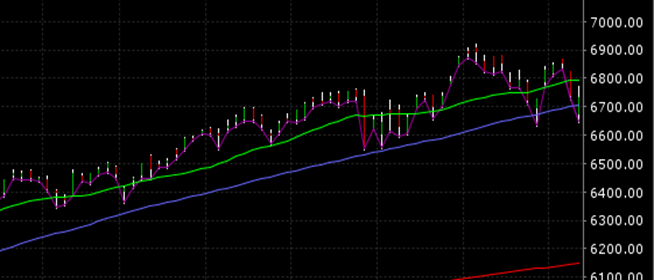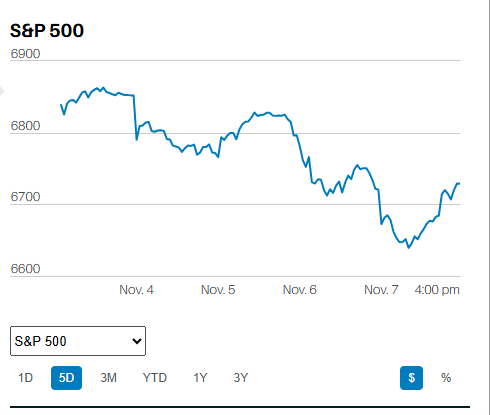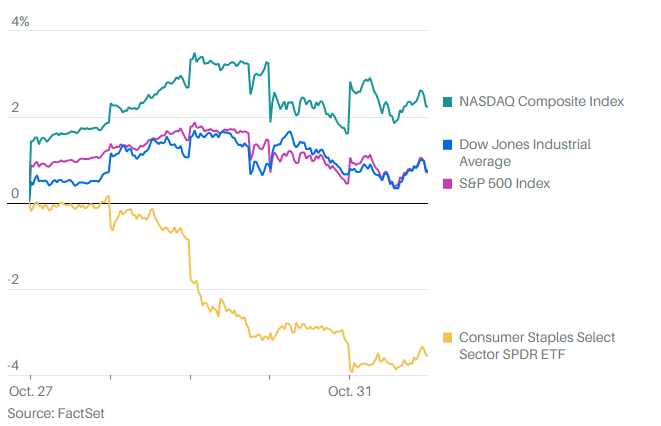Tax-loss selling can help after tax returns.
Tax-loss selling is often overlooked and underappreciated by many clients

Consider the tax implications
Tax-loss selling can help after-tax returns. It is after-tax returns that count for an individual investor. It is the money you can spend. Unfortunately, money managers are not measured by after-tax returns. They are measured against a benchmark instead. Mutual fund managers have little incentive to manage money tax-efficiently.
Nor are investment advisors who implement tax-loss selling rewarded overly much by wealth management clients. Clients notice when the tax bill is high. They do not notice when the tax bill is low. Tax-loss selling can increase after-tax returns. It can also reduce them if the stock sold rises during the 30-day wash sale period.
We do tax-loss selling. There are a few different strategies. 1) Sell a stock to harvest the capital loss then buy it back 31 days later. The risk is the stock goes up and is no longer an attractive investment. 2) Double up on the stock for 30 days then sell the original shares. The risk is the stock falls during the holding period. 3) Buy a similar stock after harvesting the tax loss. An example is selling Exxon and buying Chevron. An alternative is selling Exxon and buying the Energy ETF (XLE).
Regardless, judicious tax-loss selling can increase a client’s after-tax return. Having more money to spend in retirement is good.
Regards,
Christopher R Norwood, CFA
Chief Market Strategist











